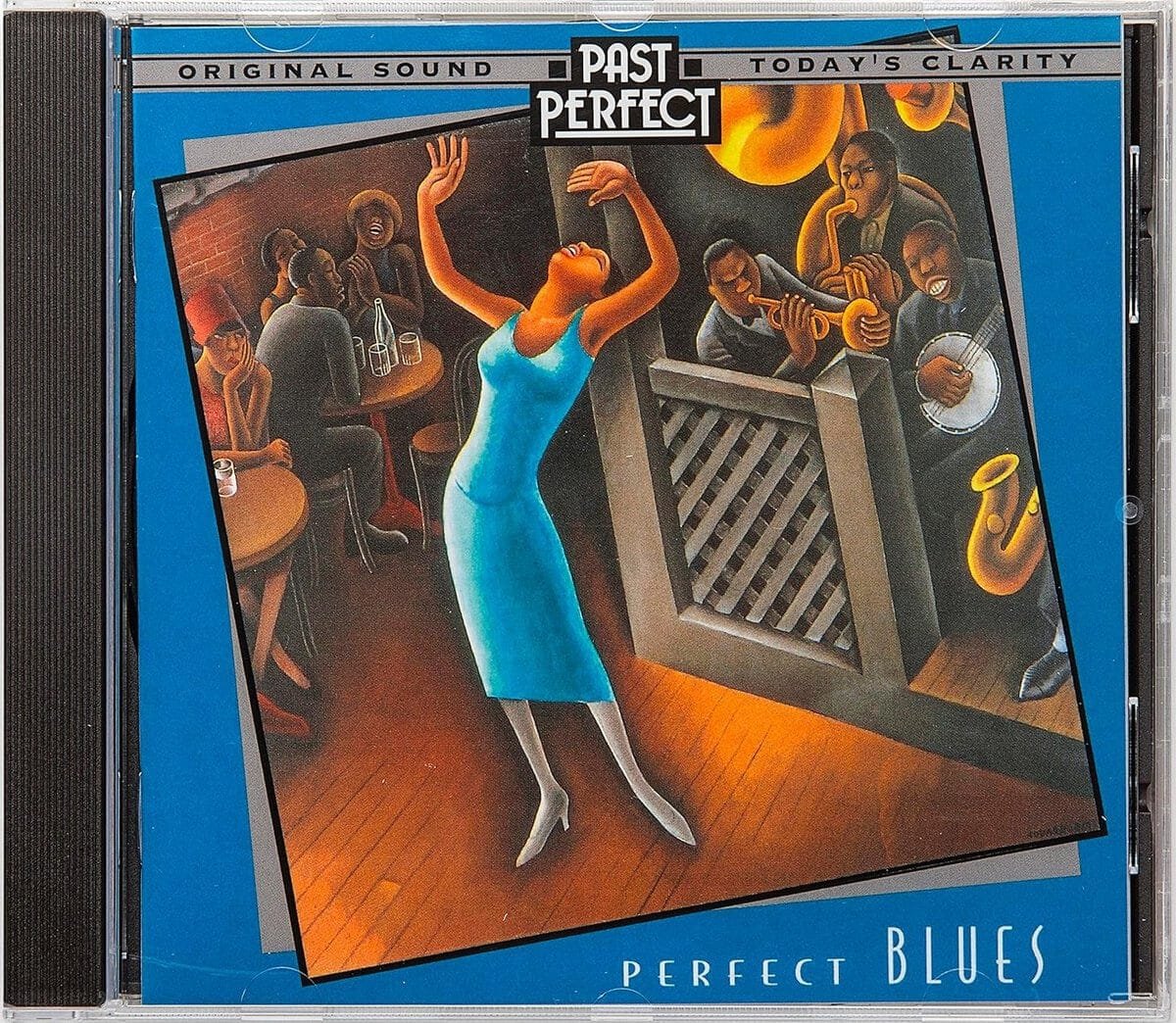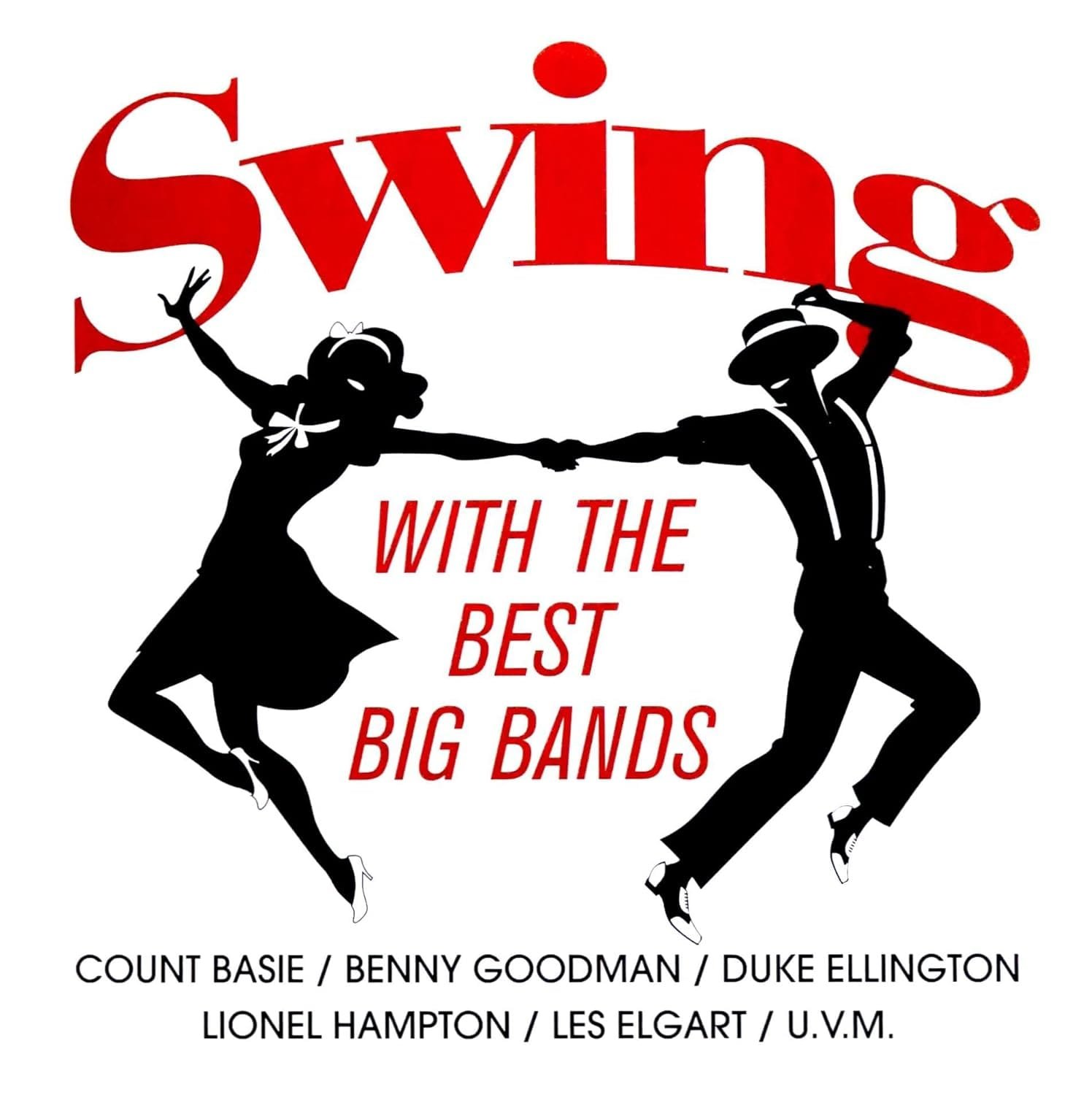Kansas City jazz brought something special during the swing era, and it's like that feeling you get when you find a forgotten candy bar in your backpack—it's a nice surprise! This vibrant scene, thriving in the 1920s and 30s, celebrated improvisation and relaxed rhythms, adding a unique twist to jazz. Key figures like Count Basie and Charlie Parker worked their magic, creating an atmosphere that felt like one long, joyous jam session. It wasn't just music; it reflected community pride and creativity. Stick around to uncover how this revolutionary sound changed the jazz world forever!
Key Takeaways
- Kansas City jazz emerged in the 1920s, characterized by a relaxed rhythmic feel and a focus on improvisation, particularly during the Swing Era.
- The Pendergast machine provided a supportive environment for musicians, fostering innovation and the growth of big band sounds in the 1930s.
- Key figures like Count Basie and Benny Moten popularized joyful swing rhythms, significantly influencing the development of jazz during this period.
- The heavy blues influence in Kansas City jazz, especially the 12-bar structure, became a foundational element for future jazz genres and styles.
- Kansas City jazz's cultural impact reflected African American identity and creativity, paving the way for bebop and leaving a lasting legacy in modern music.
Overview of Kansas City Jazz
Kansas City jazz blossomed in the 1920s and 1930s, setting itself apart with its relaxed rhythmic feel and emphasis on improvisation.
You'd find musicians jamming in lively musical venues, where the air was thick with creativity and a hint of smoke—kind of like your aunt's kitchen during Thanksgiving, but with fewer burnt pies! This unique style embraced improvisational techniques, allowing musicians to express themselves freely, often leading to spontaneous solos that could make your toes tap or your head nod involuntarily.
The vibe was all about riff-based compositions and head arrangements, which, let's be honest, sounds fancy but really just means musicians were having a great time playing off each other.
With a heavy blues influence, Kansas City jazz also encouraged extended jam sessions, where everyone could showcase their talents. It was like an open mic night, but with way more saxophones and fewer awkward poets.
This vibrant scene thrived under the Pendergast machine's watchful eye, giving musicians the freedom to innovate and flourish.
Key Figures and Contributions
At the heart of Kansas City jazz are several key figures whose talents and innovations shaped the genre's evolution. One major player is Bennie Moten, often dubbed the father of Kansas City jazz. Leading the Bennie Moten Orchestra, he introduced Moten's innovations that made the Kansas City sound so distinct, like those big band vibes that make you want to snap your fingers and sway.
Then there's Count Basie, Moten's protégé, who took what he learned and ran with it, creating a swing rhythm that felt like a joyous rollercoaster ride. You can almost hear the crowds cheer as Basie's influence spread nationwide!
Don't forget Charlie Parker, who emerged from this scene, turning jazz upside down with his bebop style. It's like he decided to throw a party for improvisation and invited all the musicians!
And let's tip our hats to Mary Lou Williams, who not only composed but also championed women in jazz—seriously, where would we be without her?
Finally, Lester Young, with his smooth saxophone style, crafted a sound that inspired generations. You see, Kansas City jazz isn't just music; it's a colorful tapestry woven by these incredible talents!
Musical Characteristics and Styles
The vibrant scene shaped by legendary figures like Bennie Moten and Count Basie laid the groundwork for a unique musical identity in Kansas City jazz. You might think of Kansas City jazz as the cool cousin of other jazz styles—relaxed, with a loose rhythmic feel that really grooves. Instead of that stiff 2-beat feel you might hear elsewhere, it embraces a calm 4 feel, making you wanna sway a bit.
One of the coolest things about this style is the use of head arrangements, allowing musicians to perform from memory. It's kind of like having a jam session with your friends, where everyone just knows the vibe and jumps in. Syncopated riffs are everywhere, and they create a vibe where saxophones and brass often play off each other, like a musical game of tag.
And let's not forget the heavy blues influence, which often sneaks in through that classic 12-bar blues structure, giving soloists plenty of room to show off their improvisational techniques.
Musicians like Lester Young had a knack for melodic improvisation, adding a drier tone that really sets them apart from the East Coast crowd. So, what's not to love?
Cultural Impact and Legacy
Emerging from the bustling nightlife of the 1930s, Kansas City jazz remarkably shaped the cultural landscape of American music. You know, that lively scene didn't just pop up out of nowhere; it became a cultural hub, fueled by a little political corruption and a lot of community pride.
Jazz wasn't just music; it was an identity, a way for the African American community to shine in the face of adversity.
With legends like Count Basie and Andy Kirk leading the charge, you'd hear those big bands swing, and you could practically feel the city vibrate with energy. The improvisational flair and heavy blues influence didn't just stop there—they paved the way for bebop and modern jazz, leaving a legacy that still resonates today.
And let's not forget Charlie Parker and Lester Young, who put Kansas City on the map, influencing jazz far beyond their hometown. Plus, who could ignore the nods in pop culture, like Robert Altman's film "Kansas City," which reminds us of our roots?
Evolution of Jazz Genres
Kansas City jazz didn't just leave a mark on culture; it laid the foundation for the evolution of jazz genres that followed.
You see, in the 1920s and 1930s, musicians were breaking the mold, moving from traditional New Orleans styles to a big band sound that got toes tapping everywhere. With head arrangements, they played from memory, which meant spontaneous creativity was king. It's like trying to cook without a recipe—exciting but a tad scary!
Count Basie's band, born in this scene, was a swing powerhouse, showcasing rhythmic drive and sophisticated arrangements. Trust me, if you thought dancing was easy, try keeping up with them!
The blues influence, particularly that catchy 12-bar structure, became central to future genres, paving the way for bop influences.
As swing jazz took over the nation in the 1930s, it was like watching your favorite show become a blockbuster hit; you just knew it was something special.
Conclusion
So, if you ever find yourself in Kansas City, just remember: the jazz scene isn't just music; it's a heartbeat that's been swinging for decades, like your uncle trying to dance at weddings. The legacy of Kansas City Jazz is as rich as a chocolate cake layered with creamy frosting—deliciously unforgettable! Embrace its rhythms, celebrate its history, and maybe even let your own groove loose, because who knows, you might just discover your inner jazz legend!



